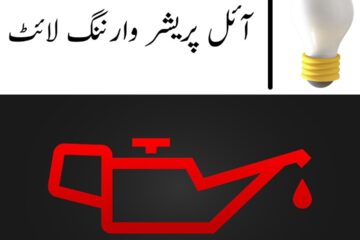For those who don’t know, a control traction system (TCS) is an electronic system that helps to prevent loss of traction. When activated, the control traction system will automatically apply the brakes to individual wheels that are slipping. This helps to keep the vehicle under control and prevents skidding or sliding. Here’s a more detailed look at how control traction system works.
Traction control system is a feature in modern cars that helps the driver to maintain control on slippery roads. It does this by reducing the engine power or applying brake force to one or more wheels. Traction control system is particularly useful when driving on icy or wet roads. It can also be helpful when driving on dirt roads or other surfaces with low traction. Traction control system is not a replacement for good driving skills. However, it can help to prevent accidents on slippery roads. Traction control system is just one of many safety features that are available in modern cars. Other safety features include airbags, anti-lock brakes, and stability control. These features can help to make driving safer for everyone.
When you buy or rent a car make sure that Traction Controll system is available in car or not.
How Traction Control System Works
Most traction control systems use sensors to detect when a wheel is spinning faster than the others. When this happens, it’s an indication that the wheel has lost traction. In response, the control traction system will automatically apply the brakes to that wheel in order to bring it back in line with the others.
Some traction control systems will also reduce engine power in order to prevent further loss of traction. This is usually done by reducing fuel delivery or ignition timing. However, some newer vehicles have started to use electric motors instead of traditional brake-based systems. These so-called ” torque vectoring ” systems can apply braking force to specific wheels while also providing extra power to other wheels that still have good traction. This helps to keep the vehicle moving in the intended direction while also preventing excessive tire wear.
Conclusion:
A traction control system can be a great asset if you live in an area with icy or otherwise slippery roads. It can help you maintain control of your vehicle and avoid costly accidents. However, it’s important to remember that a TCS is not a substitute for good driving habits. Always drive within your own abilities and never push your vehicle beyond its limits. If you do find yourself in a situation where your TCS is activated, stay calm and ease off on the accelerator until you regain control.




